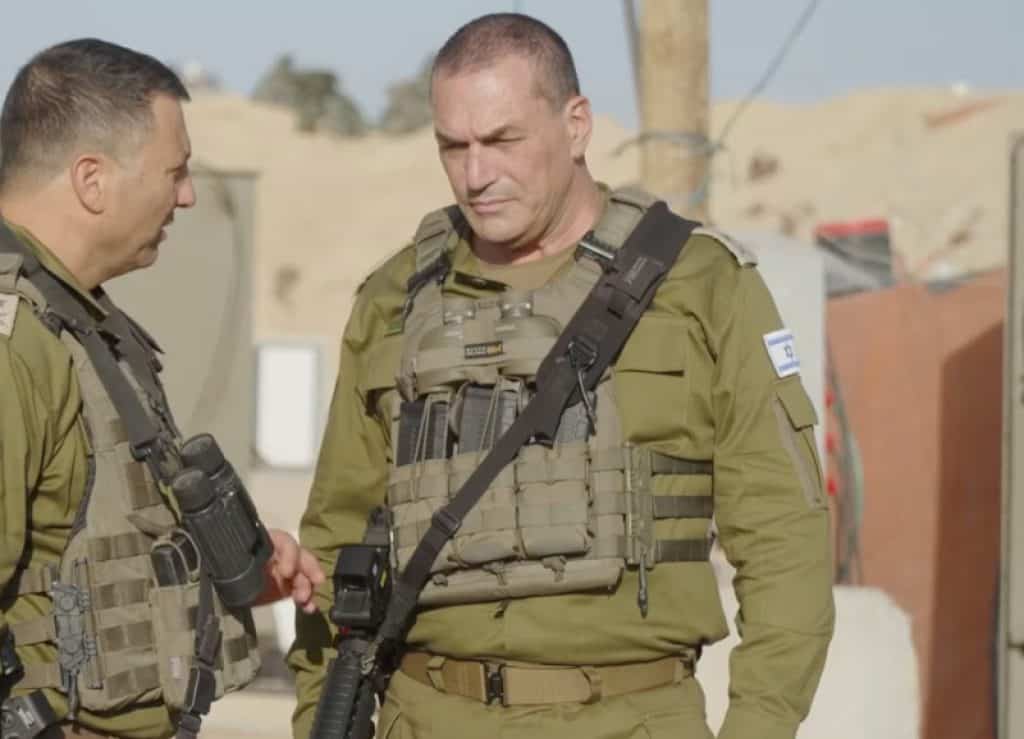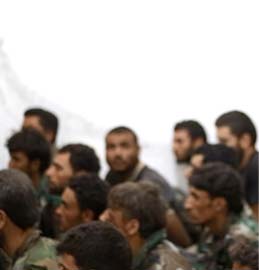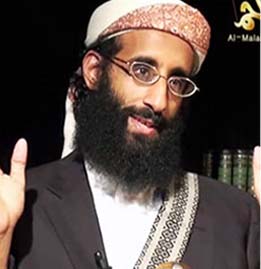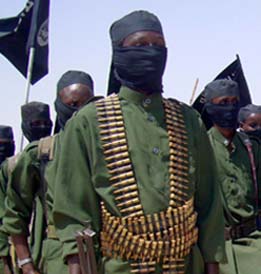
The Israel Defense Forces (IDF) advanced into a new area of Gaza as part of an operation that began in mid-March and is continuing to expand slowly. Israeli Prime Minister Benjamin Netanyahu announced the latest moves on April 2, referring to operations from April 1 to 2. “Last night in the Gaza Strip, we switched gears. The IDF is seizing territory, striking the terrorists, and destroying the infrastructure,” the Israeli leader said.
The IDF is now operating in an area that Netanyahu dubbed the “Morag Corridor,” which he compared to the Philadelphi Corridor that runs along the southern Gaza Strip’s border with Egypt. “We are also doing something else: We are seizing the Morag Corridor. This will be the second Philadelphi, an additional Philadelphi Corridor,” Netanyahu said.
The Morag Corridor is also similar to the Netzarim Corridor, which separates Gaza City from central Gaza. That area was taken over by the IDF in late October 2023 and held until the January 2025 ceasefire. Israel then re-took part of the Netzarim Corridor in mid-March when the IDF began a new operation on March 18.
The Morag Corridor is named for the former Jewish community of Morag, which was established in 1972 after the IDF took over Gaza in 1967. It was one of a number of Israeli communities built in Gaza that were dismantled in 2005 during the Israeli Disengagement from Gaza. Morag was in an open region south of the city of Khan Younis. To its north were the Israeli communities of Gush Katif near the Mediterranean. Now called Mawasi, it is an area toward which the IDF has often directed Gazans to evacuate.
It is not clear how the IDF will operate in the Morag Corridor. In Netzarim and Philadelphi, the IDF cleared each zone, built a road, and secured the area so that armored vehicles and infantry forces could operate relatively safely—away from sniper and mortar fire and without being confronted by improvised explosive devices.
The operations in the Morag Corridor enable the IDF to separate Khan Younis from Rafah. Israeli troops have also been operating in the area of Tel al Sultan in Rafah, an effort that began with forces surrounding the neighborhood and then searching for terrorist infrastructure. On April 2, the IDF’s Arabic language social media account published images of the infrastructure troops discovered, including a rocket launcher. In addition, on April 1, the IDF called on Gazans to leave Rafah and head north toward the Mawasi area. This evacuation notice happened as the IDF prepared to move into the Morag Corridor.
On April 2, IDF Chief of Staff Lieutenant General Eyal Zamir traveled to Gaza to view operations in Tel al Sultan. He was accompanied by the head of the Israel Security Agency Ronen Bar. Netanyahu has sought to remove Bar from his position; however, Bar has continued to carry out his duties until his role is clarified in the coming weeks. In Gaza, Zamir met with Brigadier General Barak Hiram, the head of the IDF’s 36th Division, and other commanders. The 36th is one of several divisions whose elements are now operating in southern, central, and northern Gaza.
Zamir said that the IDF “will preserve operational ambiguity and the element of surprise—the field will speak for itself. The only thing that can halt our advance is the release of our hostages.” Bar added that “the targeted strikes in the Gaza Strip, which began with the opening strike two weeks ago, will intensify.”
The IDF is moving incrementally in Gaza to increase pressure on Hamas from multiple sides, taking over more locales each day and asking for people to evacuate areas in northern Gaza and around Gaza City. For instance, on April 3, the IDF called on residents of Shejaiya, near Gaza City, to evacuate.







